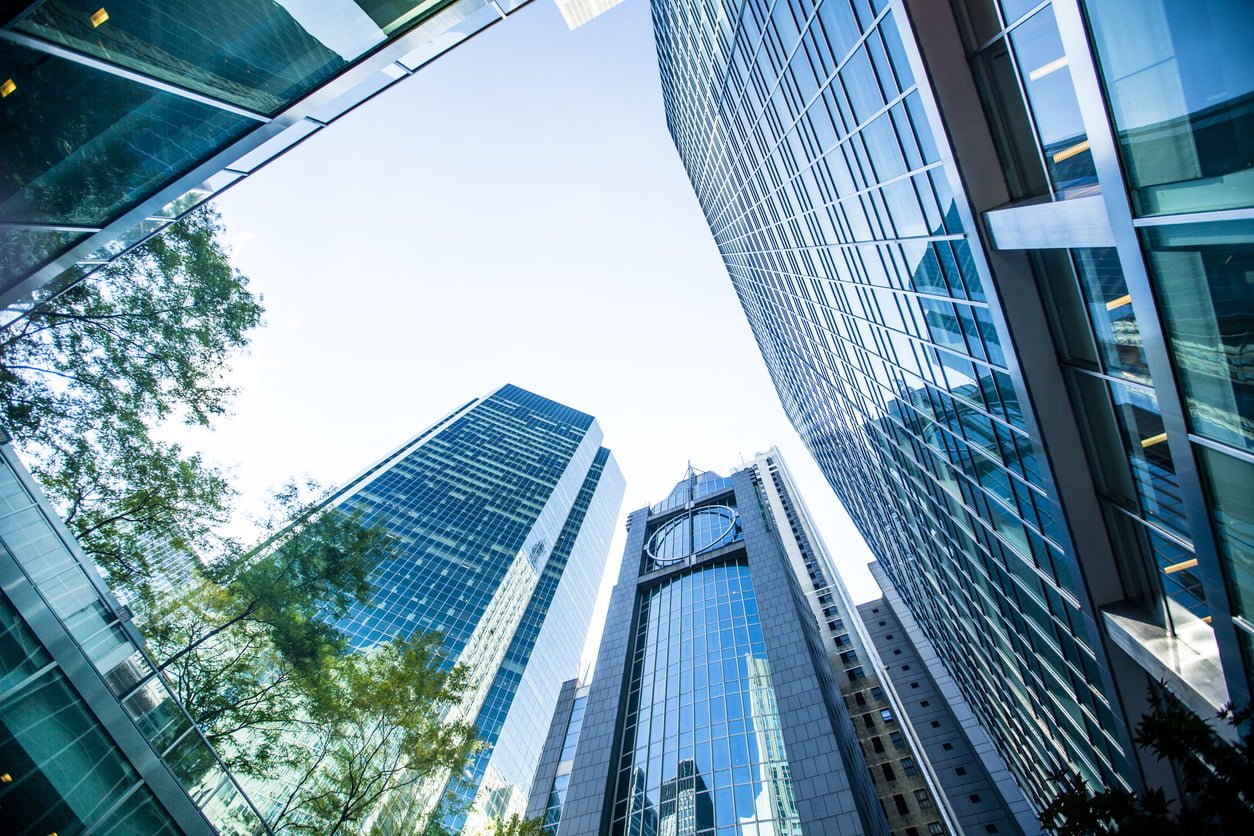According to The City of New York’s Mayor’s Office of Sustainability, 16% of greenhouse gas emissions in large commercial buildings are attributed to lighting.
LED lights have been a popular way to reduce lighting energy usage for decades. And, with new developments increasing the efficiency and function of LEDs, they are often a go-to option when first forming your decarbonization plan.
While feeling pressure from investors, regulators, and tenants to create a comprehensive decarbonization strategy that fits the specific needs of your building, you also need to act soon. That’s why we want to help you find the most efficient ways to meet your goals.
Continue reading to understand the effectiveness and return on LED lights to determine if it’s right for you.
Effectiveness
LED lights have a reliable track record of reducing energy consumption, so you can stay confident that the reductions are real. LED lights also produce less heat than incandescent lighting, which means less strain on your air conditioning units to maintain tenant agreement temperatures.
Though, they are not quite as effective as other decarbonization methods, often reducing annualized energy costs by only a few percent.
While LED lights often cost less than the other equipment or hardware methods, they also provide minimal savings on emissions. In fact, improving tenant lighting controls — such as timed lighting, motion sensors, or dimming light switches — and reducing watts per square foot was proven to decrease carbon emissions from lighting in greater strides.
LED lighting is also not going to increase efficiency over time, so you are only really going to experience a noticeable decrease in energy usage during the first year they are installed.
All in all, LED lights are a reasonably affordable option, but it isn’t a decarbonization method that will move the needle in any significant way.
Return
On average, LED lights only need to be changed after 20 years — which means two decades of savings before needing to worry about investing more money into upkeep. In comparison, incandescent light bulbs often need to be replaced within a year. This also means less contribution to landfill waste.
So, while LED lights have a larger initial cost than incandescent lights, you’ll likely see your return between the lessened overall lighting costs — both on your electric bill and on your hardware upgrades.
Quick Electricity estimates that, depending on how many lights you decide to upgrade throughout your building, the payback period on LED light retrofits average at 2.3 years.
Operational Disruption
While upgrading lights may not be the most invasive for your tenants since installation per light is fairly quick and out of reach, installation crews still have to enter tenant spaces and overhauling even a section of a building’s lighting takes time to complete.
Luckily, upgrading lights should not disrupt your operations team. Since LED lights have a longer lifespan than other lights, your operations teams won’t have to worry about replacing them annually, saving you energy and labor.
Other Considerations
While you may feel inclined to prioritize LED lighting upgrades because they are a comfortable and familiar choice, they are not the ideal priority for making massive decarbonization strides in the least amount of time.
LED lighting is significantly more effective than other types of lighting, however, the overall energy usage of your building’s lighting only accounts for a limited amount of your building’s overall carbon footprint. Therefore, even when making lighting as efficient as possible, increasing lighting efficiency will only lightly reduce your overall carbon and costs.
LED Lighting to Decarbonize: Is it Worth It?
If you’re looking to make massive strides in decarbonization in the immediate future, we consider LED lights a lower priority method. However, if you want to invest in this method, we recommend considering additional ways to reduce unnecessary light usage so you can have a larger return.
For more information on how to evaluate popular office building decarbonization methods, download our guide here.
If you’re curious about other decarbonization methods, get started with a custom decarbonization plan by filling out the form below.







